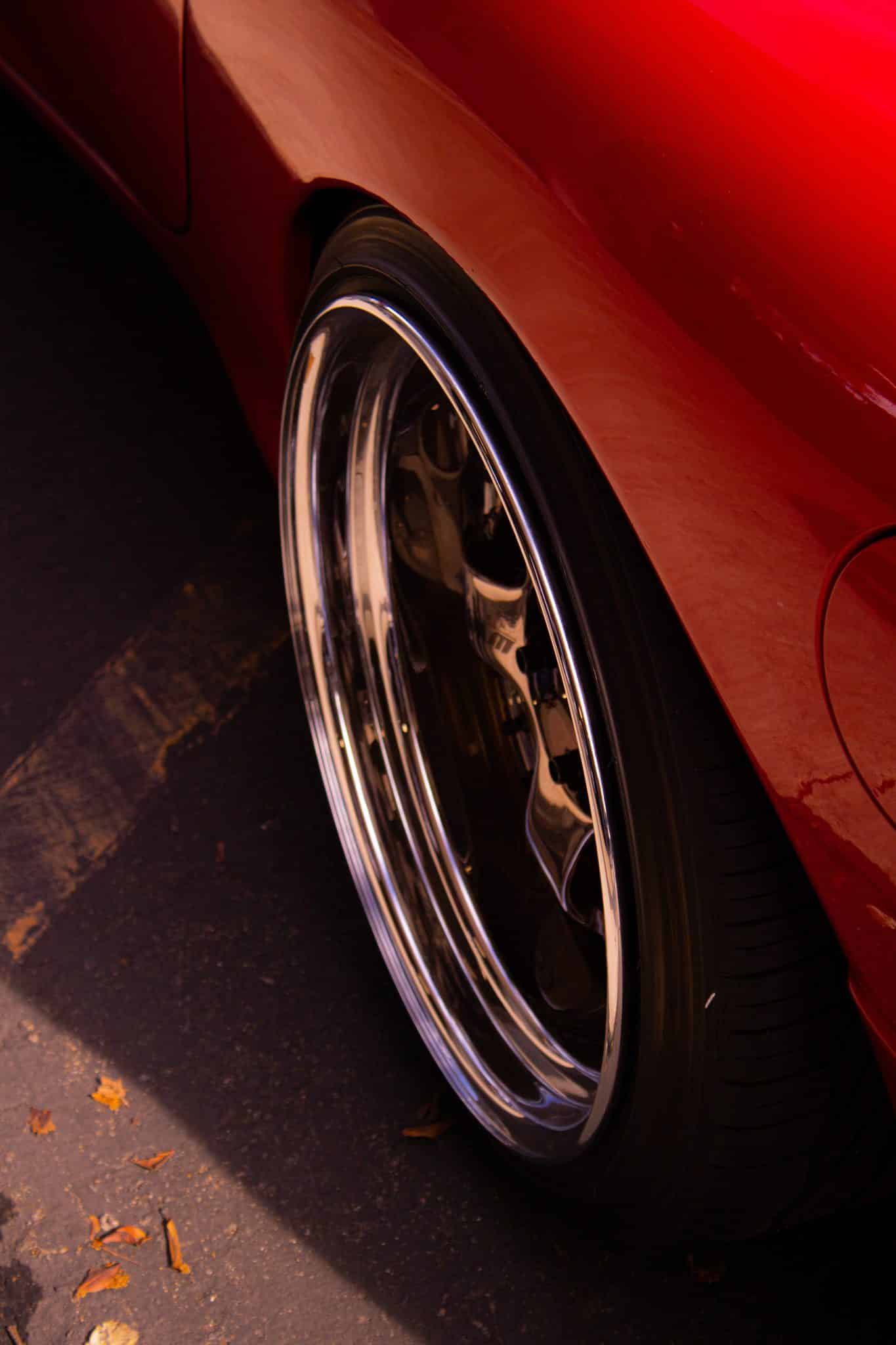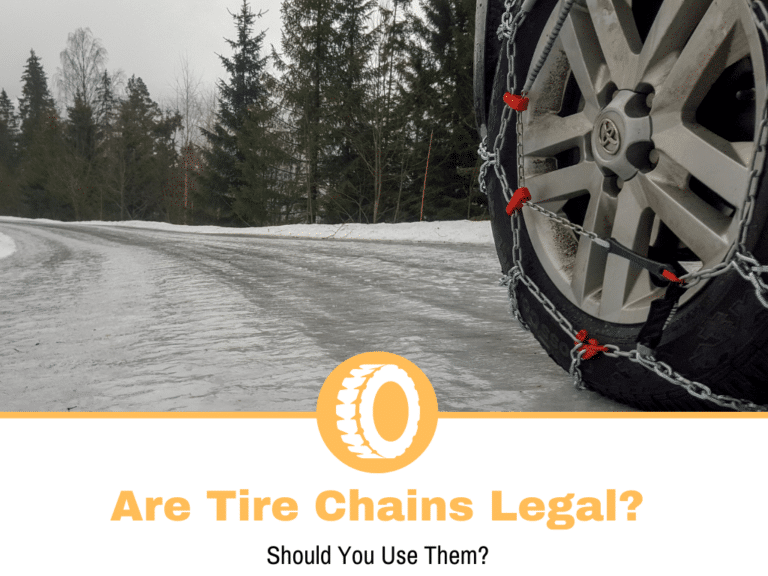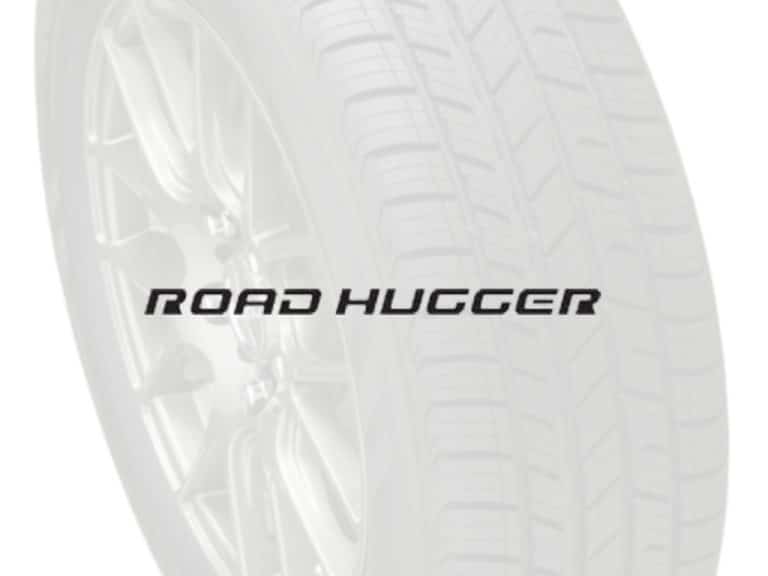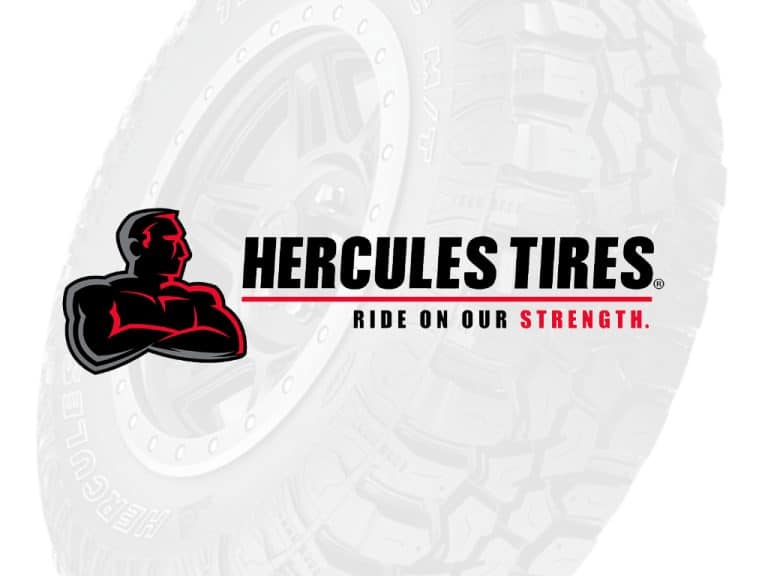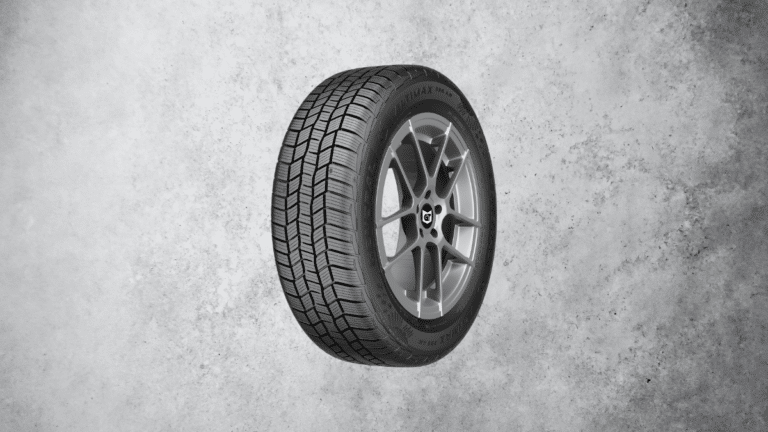Stretched Tires Guide
Getting a set of tires is a pretty straightforward process for most people. They visit their favorite retailer, get a set of tires with the same dimensions as the previous ones and drive home happy, knowing they shouldn’t have any issues for the next several years. This applies to people that aren’t fans of making changes, but what if you are?
In one of my previous guides, I spoke about changing the tire size, something you can do as long as it’s done right. There are beneficial aspects of this, just as there are visual ones. We all want a set of wide tires to give our cars a sporty look.
You can make multiple tire upgrades to your car to make visual improvements, and one of the common ones these days is stretched tires. In this guide, I’ll explain what that means and if it’s a good option for you.
What are stretched tires?
When discussing stretched tires, we don’t refer to fitting a 13-inch tire on a 15-inch wheel. Instead, stretching the tires is a process where you fit a tire on a wheel wider than the recommended size. For each wheel width, there is a range of tire widths that are acceptable. For example, a 7-inch wheel is good for tires that range from 195 to 225. When talking about this range, it’s important to note that the middle dimensions are ideal, so in this case, a 195 tire would be the minimum, and a 225 should be the maximum.
The example covers the normal situation, which isn’t the case with stretched tires. If you go with a stretched tire setup, you’d need to put a tire narrower than 195. In this case, the sidewall will be at an angle because the internal pressure will push the bead on the bead rests. The difference here is that since the tire’s width is smaller, the sidewalls won’t sit at an imaginary 90-degree angle with the tread area.

In terms of the stretch degree, anything below the minimum is considered a stretched tire. In the example above, if you put a 185 tire on a 7-inch wheel, you are technically stretching the tire. It may not be as noticeable as putting a narrower one, like 175 or 165, but the principle is the same.
Now let’s talk a bit about the history and the story behind the stretched tires. Even though the popularity of stretched tires increased in recent years, indicating that it’s a new trend, the reality is slightly different. We all know the Japanese tuning scene is one of the most popular in history, and there are records of people running with stretched tires. Considering that there aren’t any records from before that, we can guess that the trend came from Japan.
Why do stretched tires exist?
There is some debate on the matter, and some people think there is some practical gain from stretching your tires. In reality, this is a purely visual modification that won’t bring any improvements, and in some cases, you may even end up with potential damage or poor performance. I’ll cover that part shortly.
The idea behind stretching the tires is to put the sidewall at an angle, which would give you the option to put wider wheels. This usually goes in combination with a lowered car and one with stanced wheels. Making all of this happen is one option to ensure that the tire doesn’t rub on the fenders. In extreme cases, people may need to roll the fenders if they overdo the stretch.

Another reason why stretched tires are a thing is the price. A 175-wide tire is significantly cheaper than a 215 or 225 one, meaning you may get the sexy look, and won’t cost you too much. The price difference can vary depending on how much you plan on stretching the tires and the models in question.
Are stretched tires safe?
Regarding safety, there isn’t a specific answer because there are tons of variations regarding stretched tires. In most cases, stretching your tires won’t bring immediate danger to you and everyone around you. Sure, the tires won’t be in their natural position as manufacturers intended them to be, but it’s not extremely problematic.
When I say there isn’t any danger, you should note that I’m referring to some of the milder stretches people do. It’s common for some racing series to run stretched tires, and the problems are almost non-existent. With that said, going too extreme may lead to some problems that you may not want to have.
Advantages of stretched tires
I mentioned that most people stretch their tires from a visual standpoint, and that’s the most common reason. In addition to that, I also mentioned that some racing series run stretched tires, so which one is it?
It’s both. I won’t comment as much on the visual side of things because I’m not the biggest fan of stretched tires. Sure, I can dig a bit of stretch, like going one step below the minimum, but I don’t like anything more than that. This is a personal preference, and I’m not criticizing the people that fancy a bit of stretch.

On the performance side of things, there is one advantage, the one that’s utilized in the racing industry. In these applications, a slight stretch offers performance benefits because the angle of the sidewall keeps the tread area flatter and gives you more grip and traction. On top of that, in this position, the sidewall is stiffer, meaning there will be less flex, resulting in more responsive handling. Keep in mind that this applies only for the mildest stretches, while the extreme ones don’t offer any advantages. In fact, there are more disadvantages here.
Disadvantages of stretched tires
If we put the mild stretch aside and focus on the more aggressive options, I have to say there are far more disadvantages.
The most common problem people face with extremely stretched tires is losing air. This happens because, unlike a tire that sits as intended, with a stretched one, you rely on the pressure to keep the tire on the bead. If you don’t set the pressure high enough, you risk debeading, and you’ll start losing air. When I say higher pressure, I mean higher than the one recommended by the car manufacturer.
Next, we have the ride quality, which will take a hit, even when you’re not running the most aggressive stretch. Remember what I said about the handling dynamic improving with stretched tires? The lack of movement in the sidewall may help with that, but it will also mean that the ride will be stiffer. Without too much flex, the tire won’t be able to absorb and soften the bumps.
With a stretched tire, you often see stanced cars, so the next disadvantage would be the wear. Considering the camber angle, all 4 tires will wear more on the inner side. Sure, some rotation may remedy the issue but don’t expect the tires to last as long as they should.

I keep going back to the performance, and there is a drawback, even though I just mentioned it as an advantage. One of the many aspects that can determine how a car rides is the unsprung mass, and part of that mass are the tires and wheels. So imagine this, putting narrower tires saves a bit of weight, but a wider wheel puts a lot more weight, meaning that at the end of the day, the total weight is increased. This can impact how your car handles, especially in more extreme situations.
Speaking of extreme, the overall performance is another problem to consider. With the mild stretch, there are some gains, but with the extreme ones, things aren’t all that great. The grip and traction levels depend on the tire’s width, so if you’re running 225 normally and put 175, you’re getting 50 mm less tire width on all 4 corners. This will result in reduced performance.
Should you stretch your tires?
When it comes to making the decision, it’s up to you. Unlike what some people on the internet claim that tire stretching is dangerous, in reality, it’s not. Sure, there are some risks associated with it, but they aren’t all that terrible.
You can look at this from two sides. If you have a show car and you’re doing this from a visual perspective, then go ahead and do it. If you think it looks cool, then no one should tell you otherwise. That said, my only recommendation is to keep it civilized and not do anything crazy with it.
For regular road use or even track use, tire stretching is something that I wouldn’t recommend too much. You could go on the minimum or maybe a step below that, but that’s as low as you should go. There aren’t any massive benefits from stretching the tires too much, and you will reach a point where the cons will outweigh the pros.
Conclusion
Stretched tires are becoming more and more popular these days. Despite being an older trend, it seems to catch on now, which is fine. Personally, I’m not a fan, but I’m also not against anyone that wants to go down that road. If you’re one of those who haven’t decided on this matter, I hope this guide helps you.
At the end of the day, if you decide to stretch your tires, make sure to do it right. Doing something extreme puts you in a situation with increased risks you don’t want to take.
